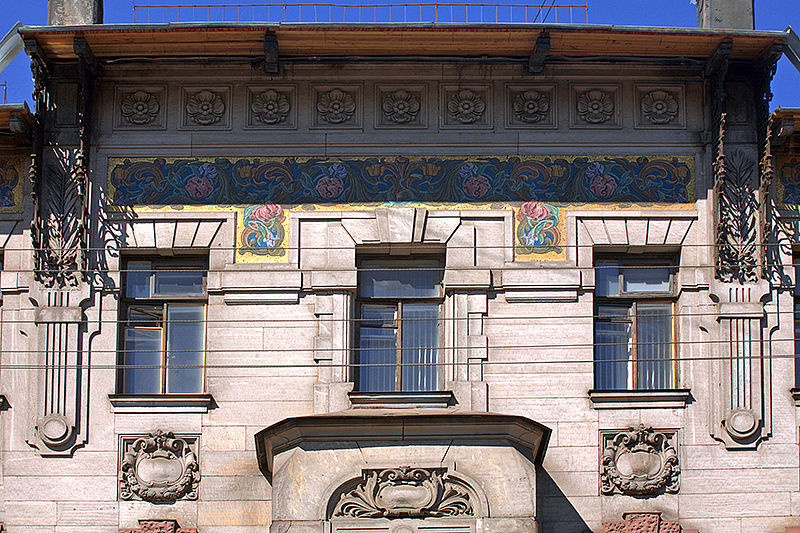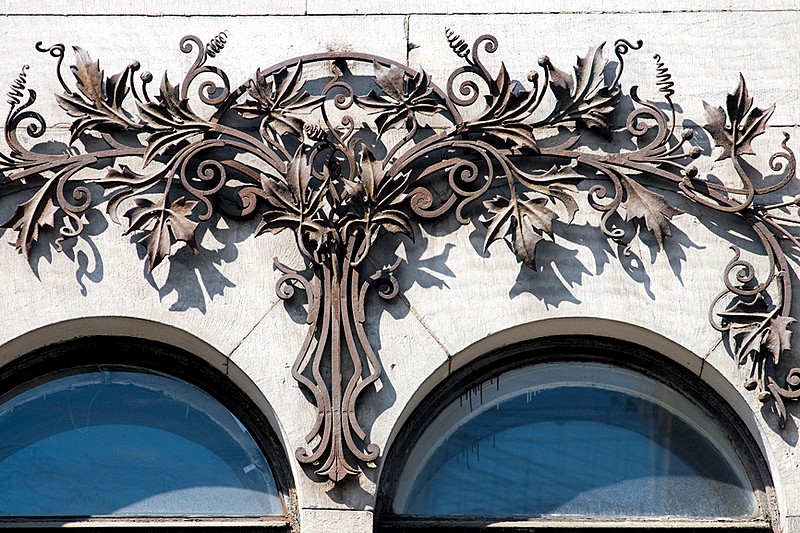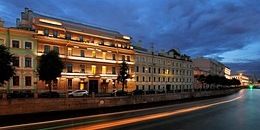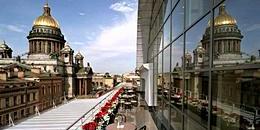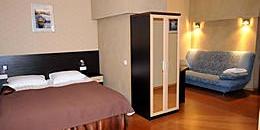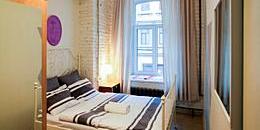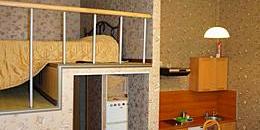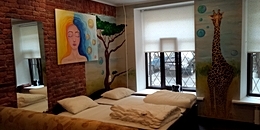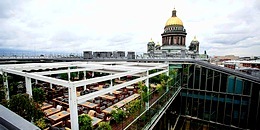Nabokov House
Dating back to the mid-18th century, this mansion on Bolshaya Morskaya Ulitsa has had many famous residents, but will always be indelibly associated with one of the greatest writers of the 20th century. Vladimir Nabokov, the author of Lolita and Pale Fire, was born and brought up here and, although forced to leave at the age of 18, it remained his "only home in the world" - he spent the rest of his peripatetic life in rented lodgings and hotels. The house and the life of its inhabitants are described in loving detail in Nabokov's autobiography Speak Memory.
Before coming into the possession of the Nabokov family, the mansion had been home to, amongst others, the director of the Tsarskoye Selo Lycee Anton von Engelgardt, and the senator and statesman Aleksey Khitrovo, who held the post of Government Controller (the minister in charge of government finances and accounting) for 27 years. The house was acquired for 300 000 rubles in 1897 by Elena Rukavshnikova before her marriage to Vladimir Dmitrievich Nabokov, a preeminent Russian lawyer and politician and one of the future leaders of the Cadets - the Constitutional Democratic Party. The Nabokovs set about adding an extra floor to the central block of the building and redecorating its facades. The reconstruction was carried out in an unusual fashion - to protect the valuable interior decor, new outer walls and a roof were constructed first, and only then was the old roof demolished. The reconstruction was overseen by architects Mikhail Geysler and Boris Guslistiy.
Vladimir Nabokov was born in the mansion 10 April 1899. He was the eldest of five children, and the third storey of the building was given over to him and his siblings. His parents had their apartments on the first floor, and the ground floor held reception rooms, one of which played host to most meetings of the Constitutional Democratic Party at the start of the 20th century, attended by famous politicians including Pavel Milyukov, Georgiy Lvov, and Pyotr Struve. The Nabokovs left St. Petersburg for Crimea in November 1917, expecting to return soon after, but were eventually obliged to leave Russia altogether in 1919.
During the Soviet period, the building was used by a variety of organizations, including the Northern Telegraph Company (from 1922 to 1935) and the Leningrad branch of the Academy of Architecture (1948 to 1959). Ironically, it was the latter period that saw the destruction or disfiguration of nearly all the mansion's original interiors. The Nabokov Museum was opened on the first floor of the building in 1998, and restoration of the premises is an ongoing project.
| Address: | 47, Bolshaya Morskaya Ulitsa |
|---|---|
| Metro: | Admiralteyskaya |
| Getting there: | On leaving the metro, turn right then right again down Bolshaya Morskaya Ulitsa. Follow the street around 400m, crossing Isaakievskaya Ploshchad. The mansion is to your right. (15 minutes) |
| What's nearby? | House of Composers, Polovtsov Mansion on Bolshaya Morskaya Ulitsa (House of Architects) |


